Trip to Uzbekistan: Where to go, the best time to visit, recommendations for tourists
Uzbekistan, the heart of Central Asia, is a treasure trove of history, culture, and architectural marvels. Nestled along the ancient Silk Road, it offers a rich tapestry of experiences that beckon the intrepid traveler. From the majestic minarets of Samarkand to the bustling bazaars of Tashkent, Uzbekistan is an enchanting destination that promises to leave visitors spellbound. If you are planning a trip to Uzbekistan, where should you go and see, and when is the best time to travel to this gem of a country?
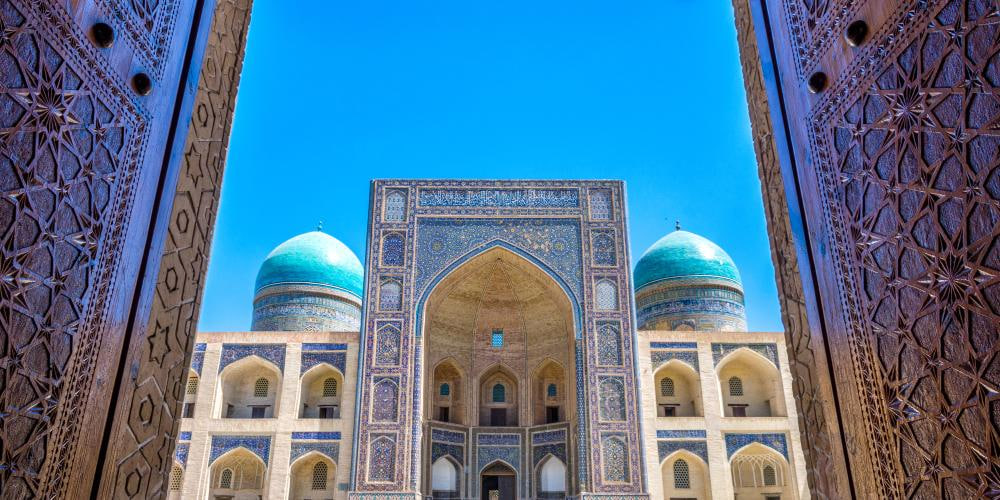
Samarkand
No trip to Uzbekistan is complete without a journey to Samarkand. Recognized as one of the oldest cities in the world, Samarkand has long been one of the most captivating centers of the East, thanks to its wealth of historical monuments and cultural heritage. Among its landmarks are Registan Square, a symbol of Timurid grandeur; the magnificent Bibi-Khanym Mosque, a masterpiece of Islamic architecture; the spiritual Shah-i-Zinda complex; and the ever-bustling Siyob Bazaar. Let’s take a closer look at these treasures.
Registan Square

Registan Square, the iconic centerpiece of Samarkand, has been enchanting both local and foreign tourists with its unique architectural beauty for decades. It is often described as “the jewel of the Earth” and “the most magnificent square in the world.” The square is flanked by three majestic madrasahs: Ulugh Beg, Sher-Dor, and Tillya-Kori. Recognized as a UNESCO World Heritage Site in 2001, this gem of Samarkand welcomes millions of visitors each year, with up to 20,000 tourists visiting daily during peak season.
Bibi-Khanym Mosque
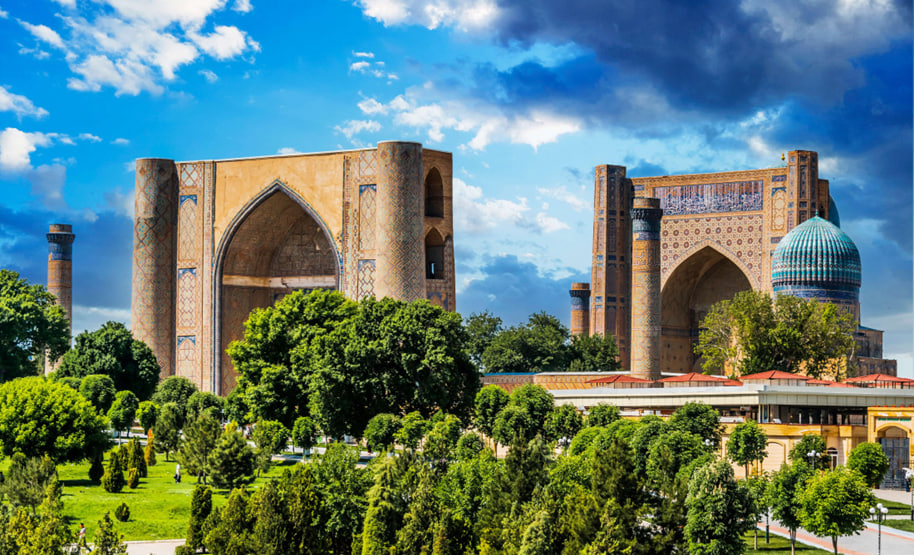
Built between 1399 and 1404 by the order of Amir Timur, the Bibi-Khanym Mosque is said to have been constructed either for his wife, Saray Mulk Khanum, or in honor of his mother, depending on historical sources. For many years, it was one of the largest mosques in the region, capable of accommodating around 10,000 worshippers.
Shah-i-Zinda

The Shah-i-Zinda complex includes mausoleums, mosques, and other religious buildings dating from the 11th–15th and 19th centuries. Its name translates from Persian as “The Living King.” It is one of Samarkand’s most sacred pilgrimage sites and is home to some of the finest tilework in the world. This architectural masterpiece spans different periods and styles, captivating every visitor and offering a journey through time and across cultures.
Bukhara
Bukhara, acknowledged as the capital of Islamic culture and a UNESCO World Heritage Site, is considered a living museum of the region’s history. According to many sources, the city is more than 2,500 years old.
Must-visit places in Bukhara include:
The Ark Fortress
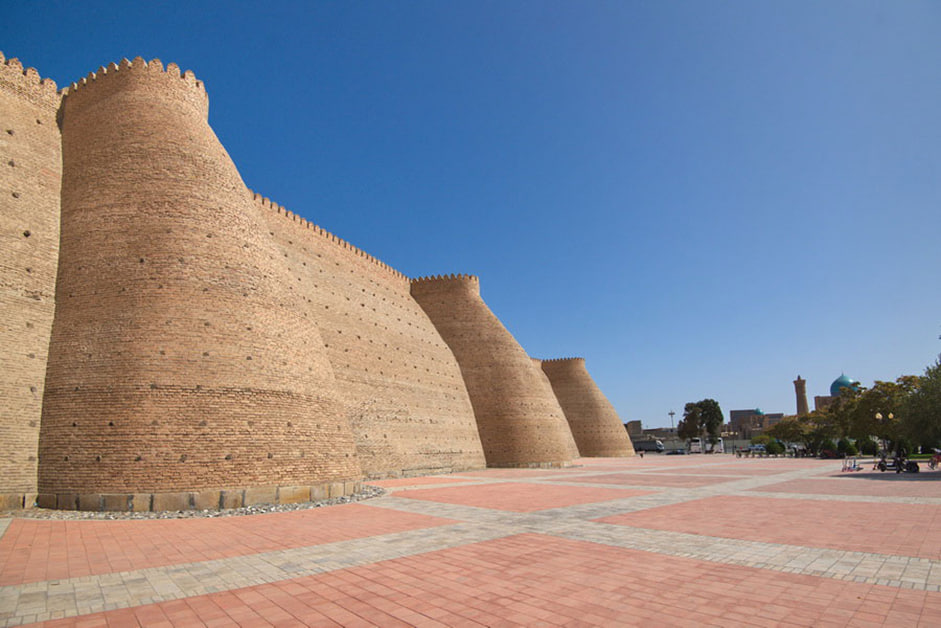
The Ark is Bukhara’s oldest architectural monument. Dating back over 1,500 years, it once served as the royal residence for rulers of a highly developed agricultural state. Located on an artificial hill 16 to 20 meters high, its walls span over 750 meters in length, and the area covers about 4 hectares.
The Ark was destroyed and rebuilt several times throughout various invasions. Its current form mostly dates to the 16th century during the Shaybanid dynasty. On the occasion of Bukhara's 2,500th anniversary, restoration works were carried out inside the Ark, including repairs to the throne hall. Now listed as a UNESCO World Heritage Site, the fortress features 2,900 exhibits and is a favorite among tourists, attracting thousands annually.
Sitorai Mokhi Khosa Palace
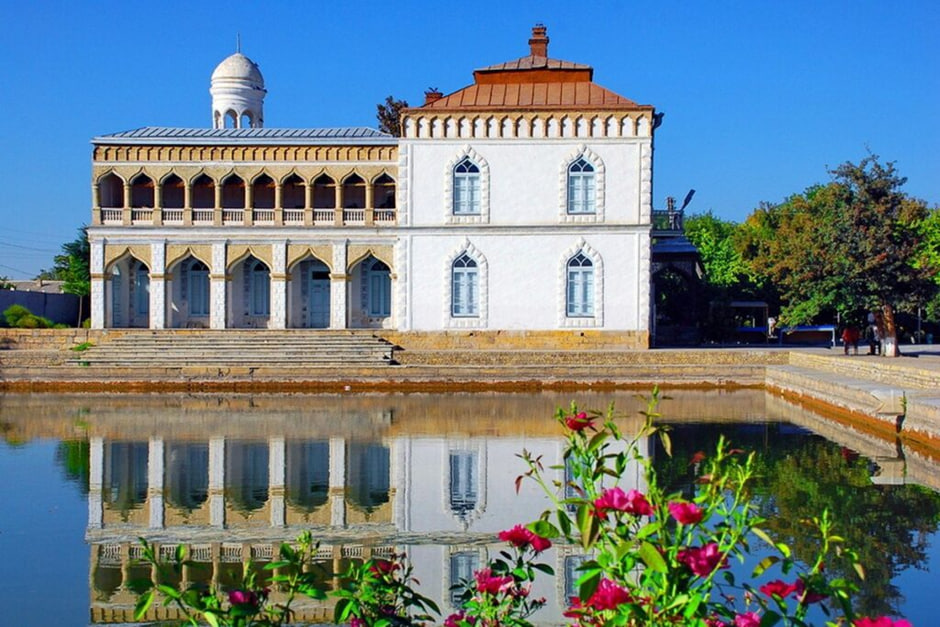
Located 4 km north of Bukhara, the Sitorai Mokhi Khosa Palace is a museum of traditional decorative arts and once served as the summer residence of three generations of the Manghit dynasty. The palace was mainly built during the reign of Emir Mir Sayyid Olim Khan between 1911 and 1918. Covering 6 hectares, it includes the old palace, three brick-paved courtyards, and numerous rooms.
Kukeldash Madrasah

Commissioned by Bukhara vizier Qulbobo Kukeldash in 1568–1569, this two-story architectural monument is located north of the Lyabi-Hauz ensemble. The madrasah housed students not only from Bukhara but also from across Central Asia — including Orenburg, Kazan, and Crimea. Its decorative domes are built from polished bricks laid in a spiderweb-like design, representing some of the finest examples of monumental art in the Bukhara school. The madrasah now hosts the Museum of Bukhara Literary History.
Lyabi-Hauz Ensemble
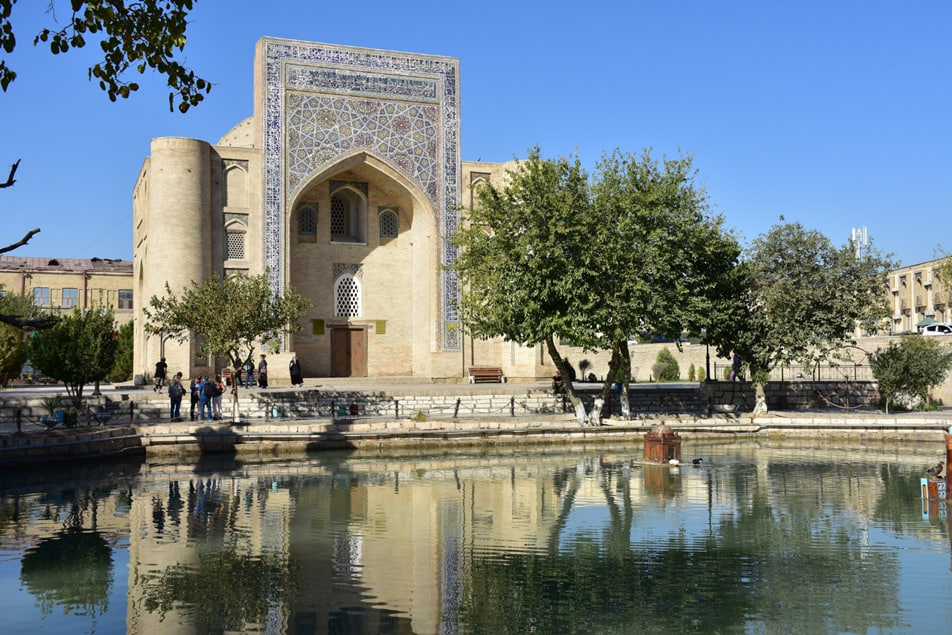
This architectural ensemble, built in the 16th–17th centuries, is one of Bukhara’s central squares. It includes the Kukeldash and Nadir Divan-Begi madrasahs and the Nadir Divan-Begi khanqah, surrounding the Nadir Begi pond. With dimensions of approximately 150×200 meters, Lyabi-Hauz was a lively trading area in medieval times due to its proximity to the main commercial street and the crowds it drew.
Khiva
Enclosed within ancient walls, the historic city of Khiva is a remarkably preserved showcase of medieval Islamic architecture. The inner town, Itchan Kala, houses over 50 historical monuments, including the famous Kalta Minor Minaret — intended to be the tallest in the Islamic world but left unfinished — and the ornately decorated Juma Mosque, with its 213 wooden columns. The Kunya-Ark Citadel, a fortress within the city, offers panoramic views of Khiva’s maze-like streets. Exploring Khiva feels like stepping into a bygone era, where every corner unveils a new architectural wonder.
Must-visit sites in Khiva include:
Itchan Kala
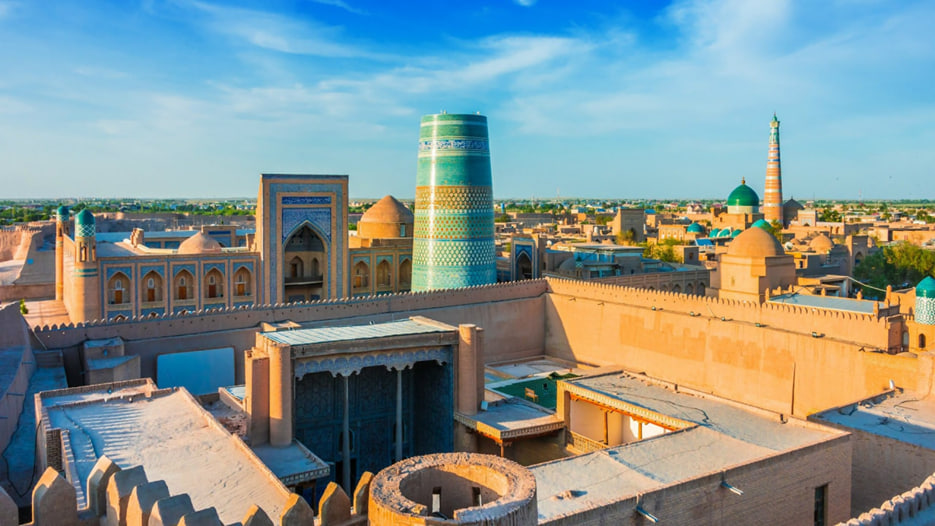
One of the best-preserved and most impressive Silk Road destinations, Itchan Kala is an open-air museum with a maze of alleys lined with dozens of elaborately decorated monuments, most dating from the 14th to 19th centuries.
Nurullaboy Palace
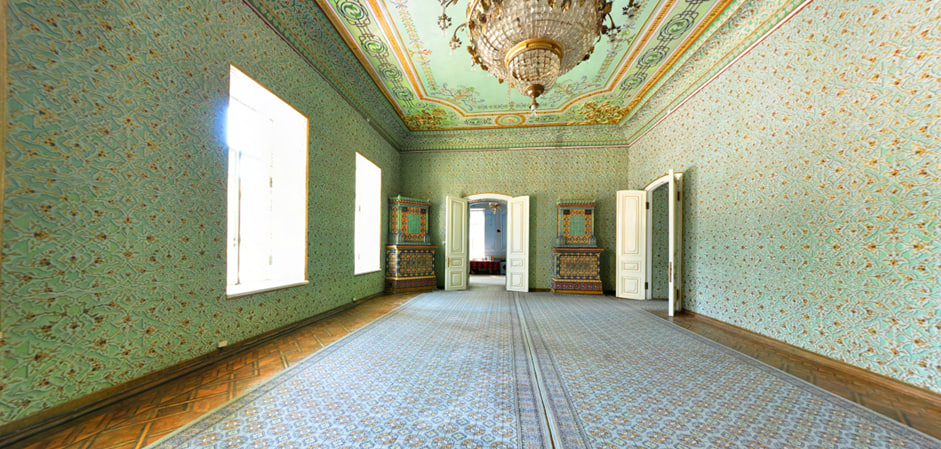
Built in the late 19th and early 20th centuries, the Nurullaboy Palace reflects a fascinating story. Muhammad Rahim Khan II (1845–1910) requested a wealthy Khiva merchant, Nurullaboy, to sell his garden. The merchant agreed on the condition that the garden’s name remain unchanged. The Khan agreed, and thus, the palace retained the name "Nurullaboy." The Khan built the grand summer palace for his beloved son, Asfandiyarkhan (1871–1918). Located in the northwest of Itchan Kala and surrounded by high walls, the complex includes four courtyards. Its ceremonial hall was added later to receive important guests.
Kunya-Ark Fortress
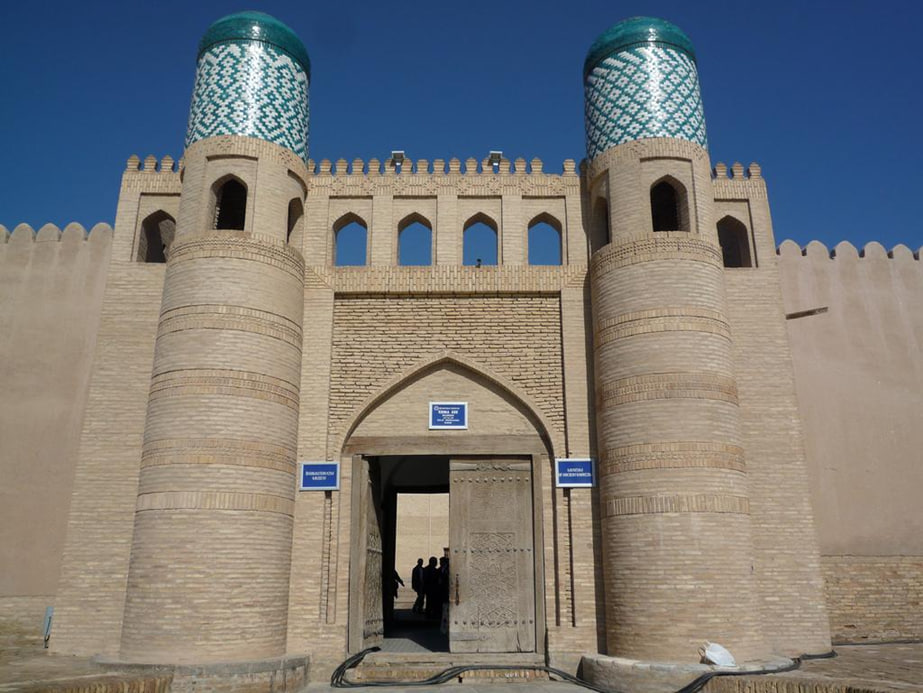
Completed in 1688, the Kunya-Ark Fortress became a “fortress within a fortress,” separated from Itchan Kala by a high mudbrick wall. It housed winter and summer mosques, a reception hall, a women’s residence (harem), mint, stables, workshops, living quarters, and more. Military parades and mock battles were held here, and it also contained a dungeon. The fortress was reconstructed in the early 19th century.
Fergana Valley
Nicknamed the “Garden of Uzbekistan,” the Fergana Valley is a fertile and scenic region known for its stunning landscapes and rich cultural heritage. The valley includes picturesque towns like Kokand, where the grand Khudoyar Khan Palace reflects the region’s royal past; Rishtan, famous for its exquisite ceramic craftsmanship; and Margilan, renowned for silk production.
Places of interest in the Fergana Valley:
Khudoyar Khan Palace
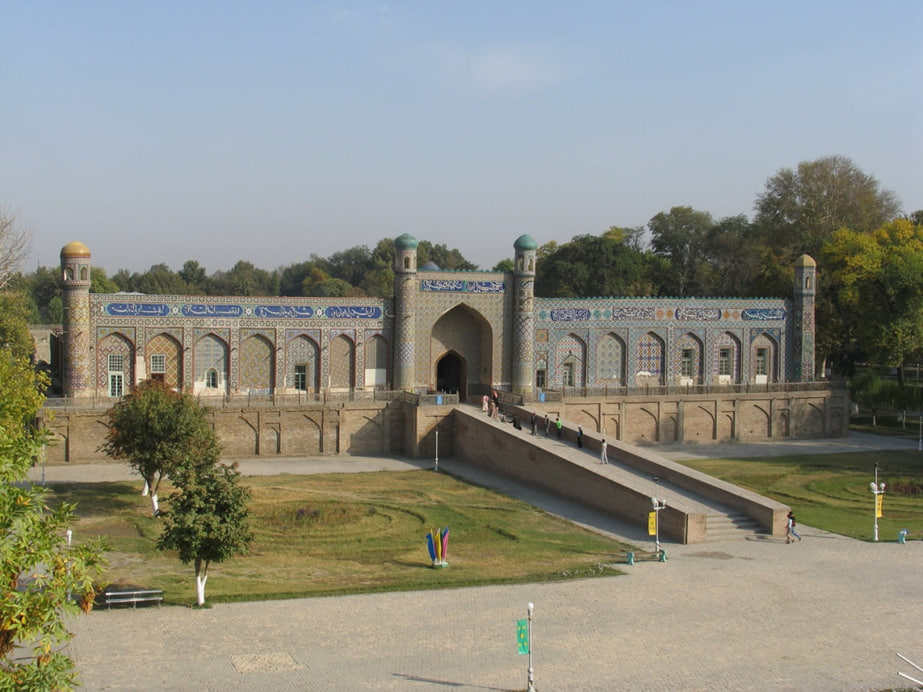
Built between 1863 and 1873, the Khudoyar Khan Palace was the residence of the last Kokand Khan. Originally consisting of three sections and 114 rooms, only the final part and 19 rooms remain today. The palace is now open to visitors.
Rishtan
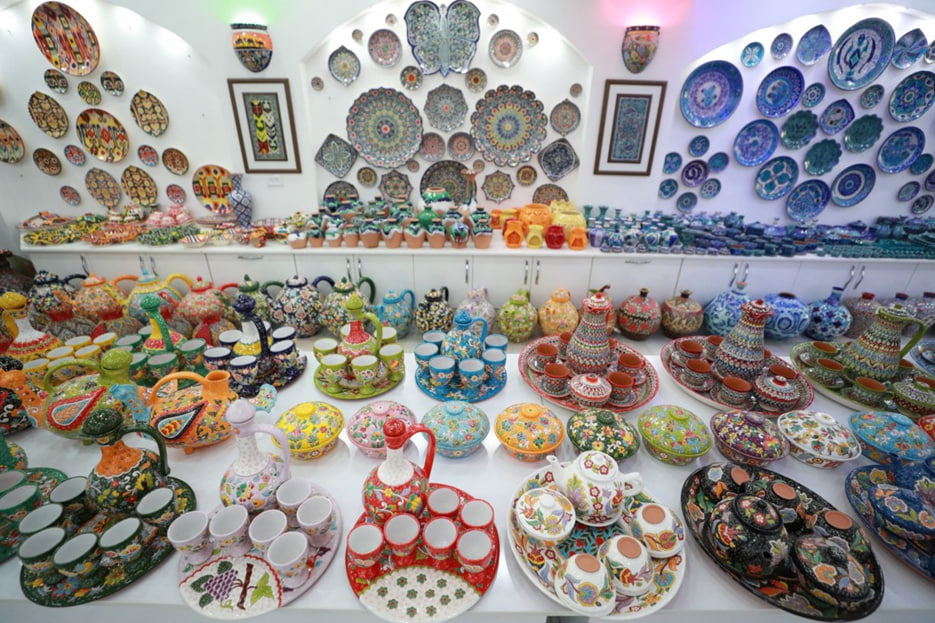
Situated between Fergana and Kokand, Rishtan is famed for its richly decorated pottery and ceramics, which are celebrated throughout the region. Known as the oldest pottery center in Central Asia, the town’s unique ceramic-making techniques have been passed down for nearly a thousand years. Local artisans continue to handcraft beautiful dishes adorned with distinctive designs and patterns.
Margilan
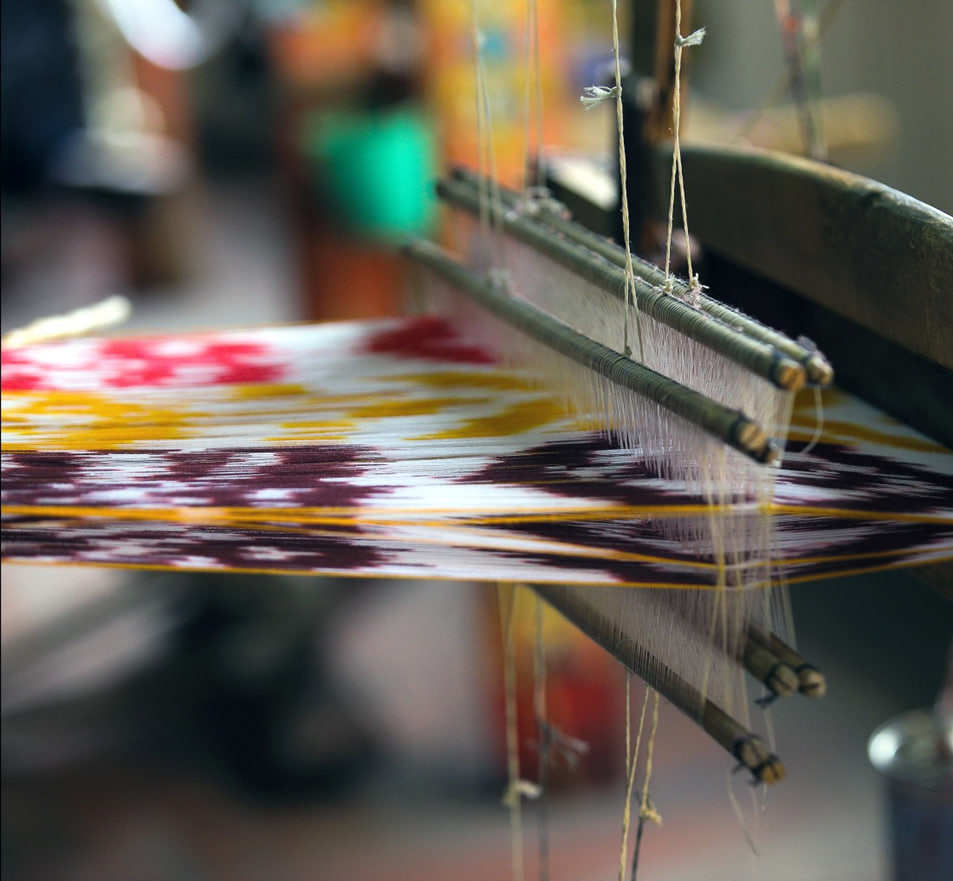
Margilan is famous for its silk weaving, particularly its high-quality atlas and adras fabrics. The city hosts the annual "Atlas Festival," an international celebration of silk. In 2017, UNESCO recognized the traditional technology of Uzbek atlas and adras weaving as a "best safeguarding practice" of intangible cultural heritage. Thousands of tourists visit Margilan each year to witness and enjoy the silk-making process firsthand.
Tashkent
Tashkent is the capital of Uzbekistan and the largest city in Central Asia. Like many other cities in Uzbekistan, it has a long and rich history. The city's age exceeds 2,000 years. Written sources trace the history of Tashkent back to ancient times. Locally, this area was once known as Choch. The main city was referred to as Choch, or Chochkent and Shoshkent. Over time, the name evolved and eventually became Tashkent.
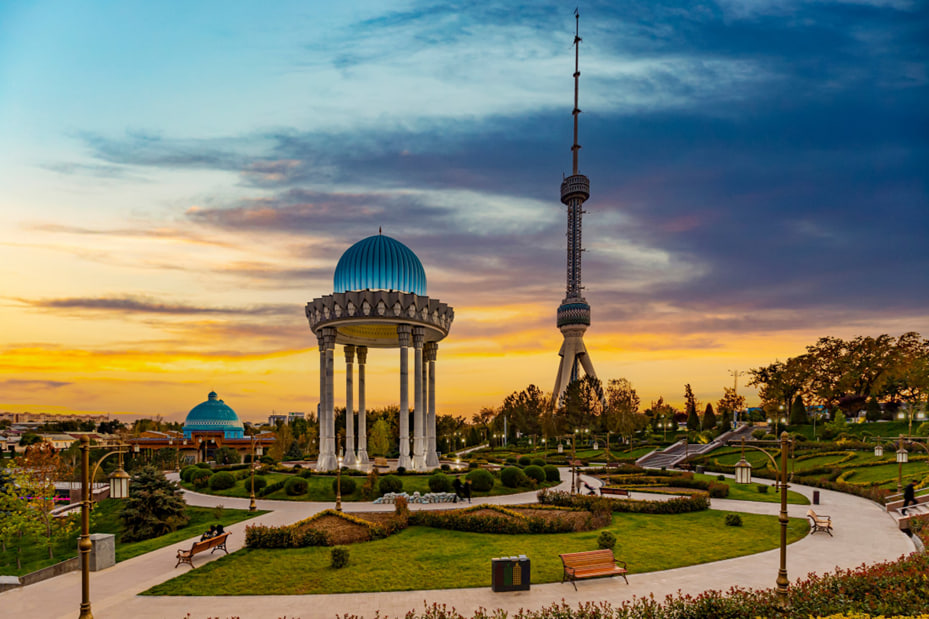
Today, it is one of the most advanced and developed centers in the region, with numerous modern buildings rising throughout the city. The following landmarks, which add a special charm to Tashkent, are sure to leave a lasting impression on visiting tourists:
Hazrati Imam Complex
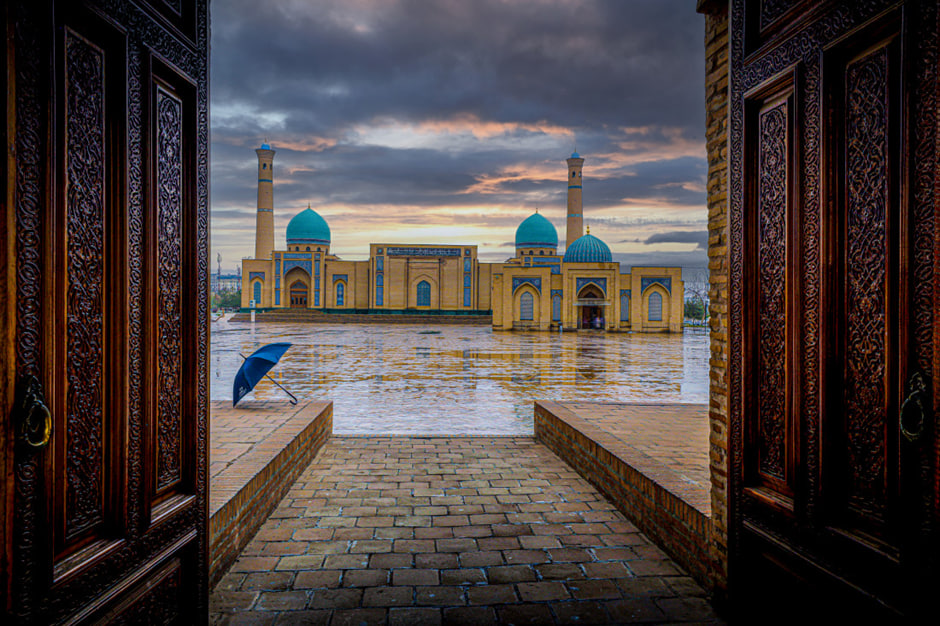
The Hazrati Imam Complex includes the Muyi Muborak Madrasa, the mausoleum of Kaffal Shashi, the Barakhan Madrasa, the Hazrati Imam Friday Mosque, the Tillya Sheikh Mosque, and the Imam al-Bukhari Islamic Institute. It is an architectural heritage site dating from the 16th to 20th centuries. The Muyi Muborak Madrasa houses an ancient Quran (the Uthman Quran), written in Hijazi script on deerskin during the reign of Caliph Uthman (644–656), believed to have been created between 644 and 648. Every year, many religious scholars and tourists visit the complex to see this sacred relic.
Chorsu Bazaar

Located in the heart of the "Old City," Chorsu Bazaar is one of Tashkent’s main attractions, renowned since medieval times. Visiting this bazaar feels like stepping into an Eastern fairytale. The entire history of Uzbekistan is embodied here – you can find ceramic items, skullcaps, traditional clothing, Eastern sweets, spices, fruits, vegetables, clay products, hand-crafted souvenirs, books, gifts, scarves made from national fabrics, and many other goods.
The origins of Uzbekistan's largest market date back to approximately the 10th century. It was established at the crossroads of four trade routes on the Great Silk Road, serving as a key commercial hub. Trade took place throughout the year, and the market thrived as a melting pot of diverse cultures. Foreign merchants, caravans, shop owners, craftsmen, wealthy farmers, and common workers all passed through these routes. Remarkably, Chorsu Bazaar has maintained its original character for over a thousand years.
In addition to its historical and cultural landmarks, Tashkent offers modern entertainment centers, parks, and the Botanical Garden, home to rare trees from around the world. To fully explore the city, one would need at least five days.
For those looking to enjoy their time, other recommended places include: the National Park, Magic City amusement park, the Alisher Navoi State Academic Grand Theater, and the Minor Mosque.
Recommendations for tourists
Embrace local cuisine: Uzbekistan's culinary delights are a highlight of any visit. Try the national dish, plov, enjoy the succulent shashlik (grilled meat skewers) and sample fresh bread from the tandoor (clay oven). Do not miss out on traditional sweets like halva and dried fruits, best enjoyed with a cup of local green tea.
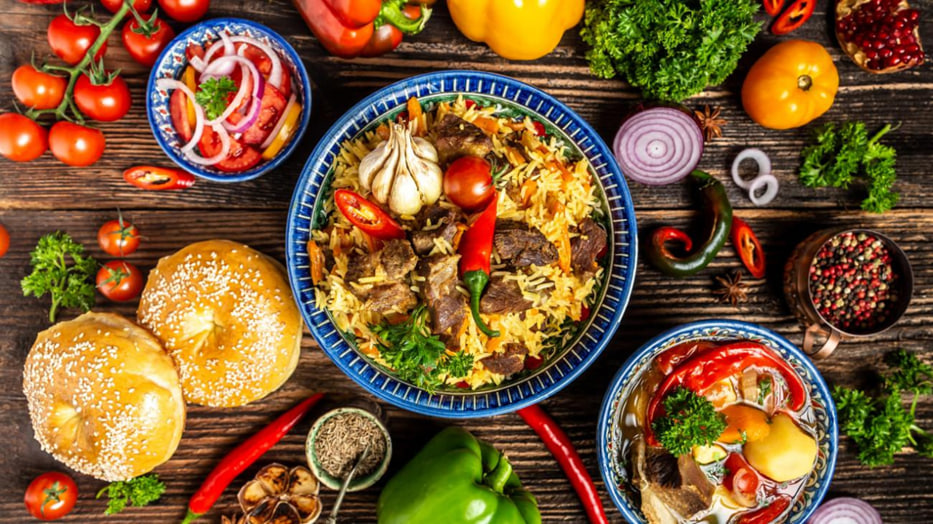
Engage with the locals: Uzbeks are known for their hospitality. Engage in conversations, learn about their customs, and perhaps even partake in a family meal. This enriches the travel experience and fosters meaningful connections.
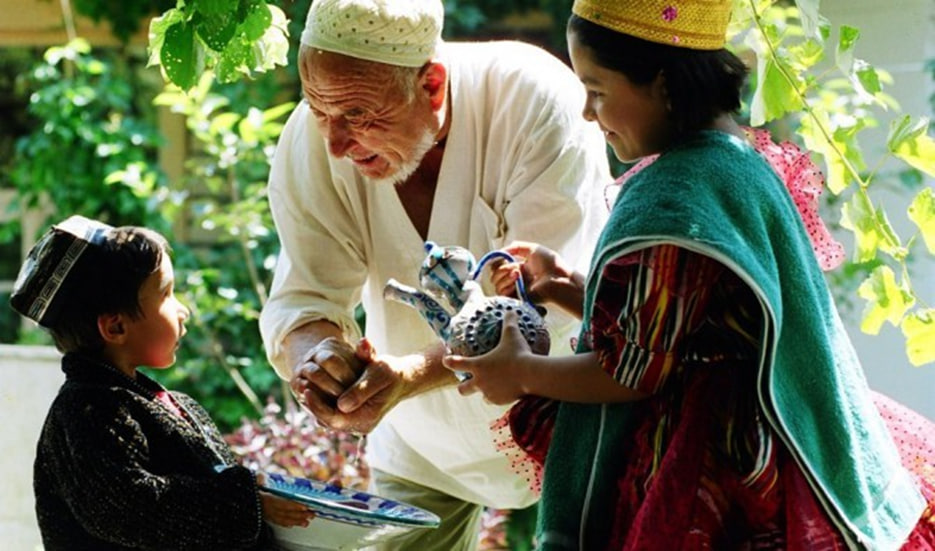
Explore the Silk Road heritage: Uzbekistan's cities are interwoven with the legacy of the Silk Road. Delve into the history of this ancient trade route at local museums and heritage sites. The country’s vibrant markets offer a glimpse into the bustling commerce that once thrived along this route, with an array of handicrafts, textiles, and spices on display.
Best time to visit
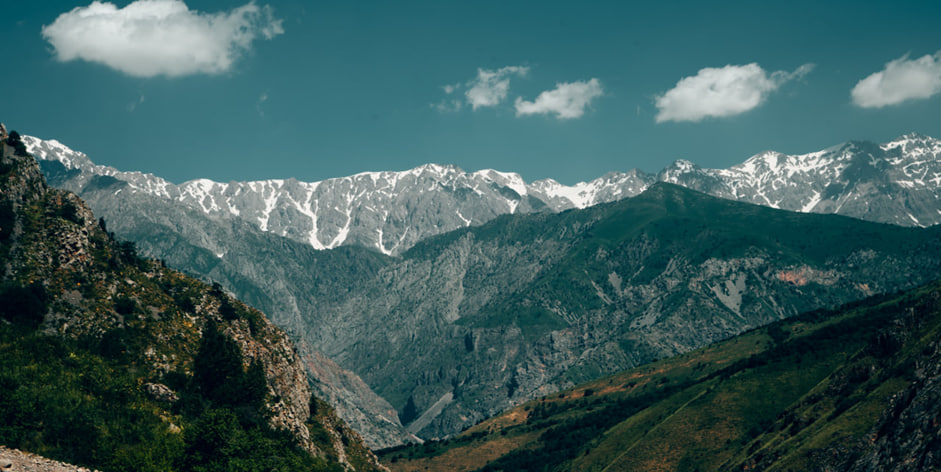
The ideal time to visit Uzbekistan is during the spring (April to June) and autumn (September to November) months. During these periods, the weather is pleasantly mild, making it perfect for sightseeing and outdoor activities. Springtime brings blooming flowers and lush landscapes, while autumn offers a bounty of fresh fruits and vibrant foliage. The summer months can be scorching, especially in desert regions, while winter can be harsh and cold, though it does provide a unique, quieter charm.
Doniyor Tukhsinov
Related News
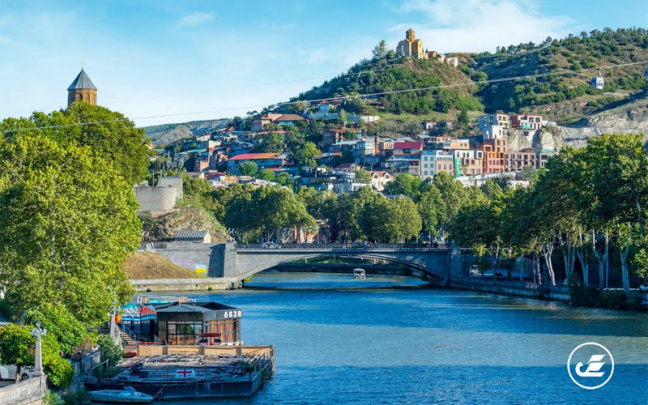
10:02 / 11.12.2025
Uzbekistan Airways issues advisory for travelers planning a visit to Georgia

16:22 / 06.12.2025
Four killed, several injured in blast at “Shams LTD” facility in Bukhara
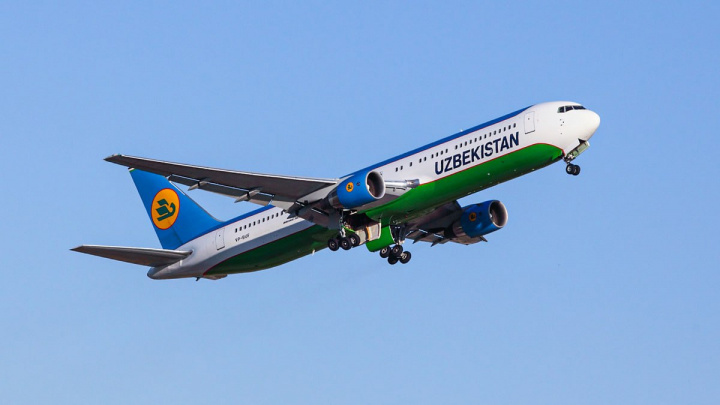
13:24 / 03.12.2025
Uzbekistan’s outbound tourism surges 25% YoY
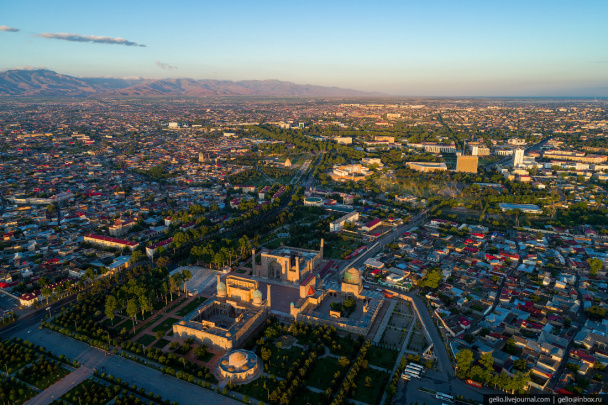
15:14 / 26.11.2025



